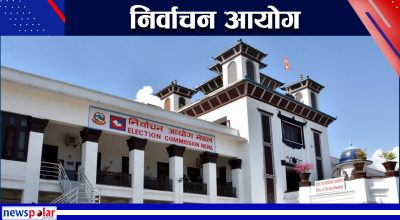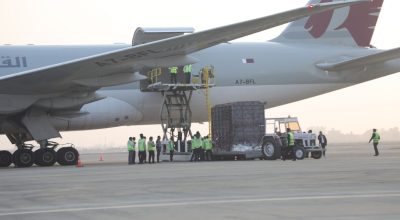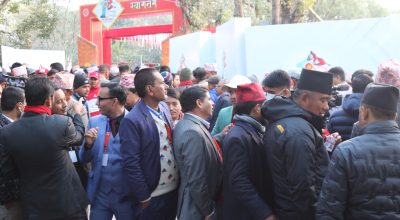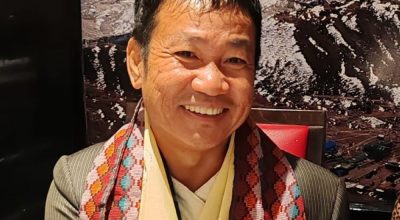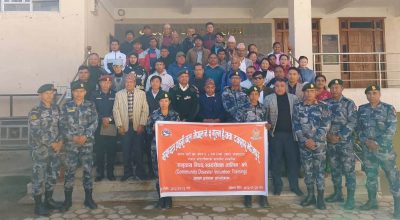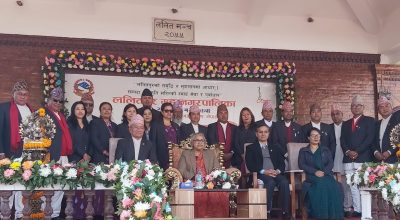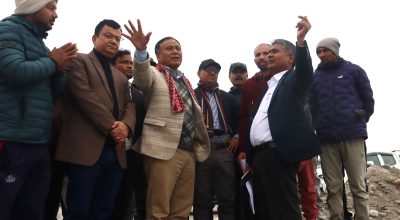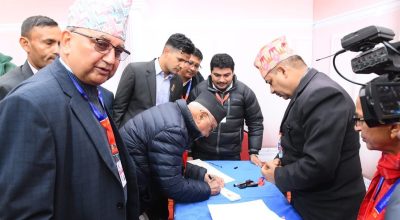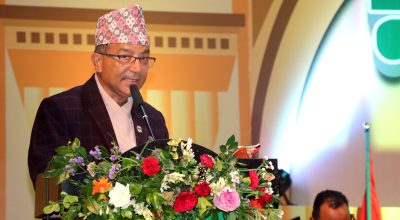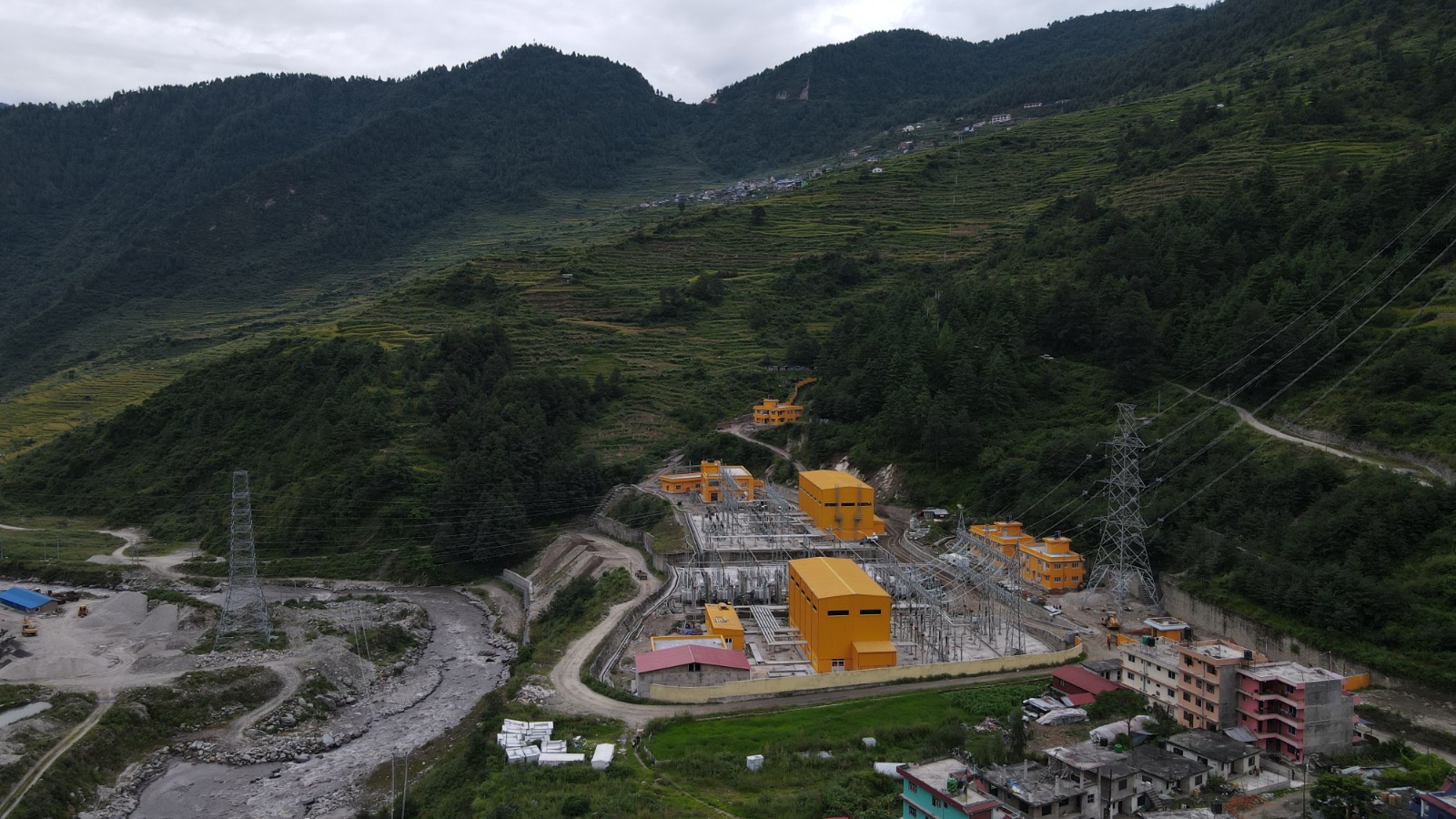
Kathmandu, Nov 4: The construction of the Chilime-Trishuli 220 kV transmission line, which is considered significant for transmitting electricity generated from hydropower projects being constructed and planned along the Trishuli River and its tributaries, has been completed.
The 28-kilometer transmission line connects the Chilime hub substation located in Thambuchet of the Aaachhodimmo Rural Municipality in Rasuwa to the Trishuli Three B Hub substation in the Pahirebensi of Nuwakot district.
Even during the public holidays of Dashain and Tihar, employees and construction workers worked day-and-night to complete the transmission line, as informed by Kulman Ghising, the Executive Director of the Nepal Electricity Authority (NEA).
Executive Director Ghising noted that the infrastructure for transmitting electricity from the 111 MW Rasuwagadhi and 42.5 MW Sanjen projects, which are being constructed and planned in Rasuwa, has been prepared through the transmission line led by the NEA’s subsidiary, Chilime Hydropower. Both Rasuwagadhi and Sanjen projects have reached the electricity production phase.
He further mentioned, “It was a significant achievement to complete the construction of line despite challenges such as creating towers in extremely risky and difficult mountainous areas, transporting materials like stones, gravel, sand, and tower components by humans or mules due to the lack of roads, and facing issues from landslides, use of forest land, local obstructions, COVID-19, and adverse weather conditions.”
A transmission line is being constructed for electricity trade with neighboring China in the north. The Chilime-Trishuli transmission line will connect to China. Within this project, the Chilime Hub and Trishuli Three B Hub substations, which have been constructed with capacities of 220/132/33 kV, have already been completed. The electricity coming into the Trishuli Three B Hub substation will be integrated into the national grid via the Trishuli-Kathmandu 220 kV transmission line to Maatatiirth in Kathmandu. The electricity generated from the Sanzhen and Rasuwagadhi projects will also be included in the national grid through the Chilime Hub substation and the Chilime-Trishuli transmission line.
A total of 76 towers have been constructed for the transmission line, which has been built in areas ranging from 680 to 2,600 meters above sea level. Out of these, 33 towers had to be constructed in places without access roads. Separate access roads were constructed to reach these locations.
According to Tharka Bahadur Thapa, the director of the high-voltage grid department of the authority, over 20 kilometers of access roads were built for the project. He mentioned that materials and equipment were transported by nine helicopters, and two towers were constructed in this manner.
The section from Tiru in the northern municipality to Siruchet in the same ward has a length of 1,235 meters of wire. In this segment above Mailung Khola (Mailung Crossing), drones were used to pull the wire.
Under the transmission line, the Chilime-Mailung section consists of a 20-kilometer double circuit, and from Mailung to the Trishuli Three B Hub, an eight-kilometer multi-circuit line has been constructed. A multi-circuit line is being constructed to connect the 216 MW Upper Trishuli-1 hydropower project, which is being developed by a Korean company. Upper Trishuli-1 will bear 60% of the expenses for the multi-circuit line.
The estimated cost of the Chilime-Trishuli project is approximately USD 362.89 million, funded by the Government of Nepal and the NEA, along with grants from the German Development Bank (KfW). The European Investment Bank (EIB), established by the European Union, has provided concessional loans for the project.
A contract was signed with the Chinese company Pinggao Group of Companies in November 2017 for the construction of the transmission line and substations. The contract was implemented in January 2018. #electricity #nepal #transmission #NEA





